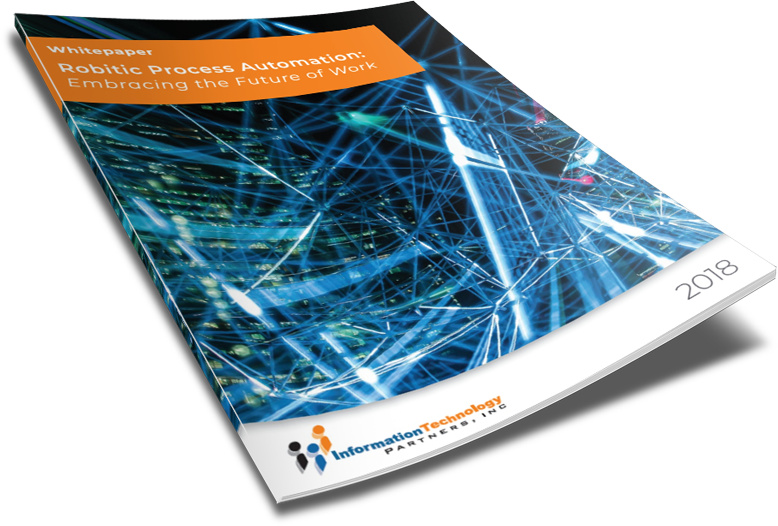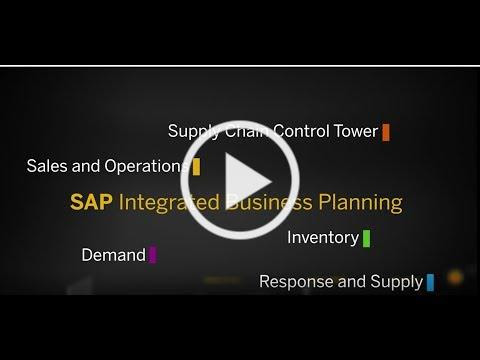TAKE NOTE (Insights and Emerging Technology)

Companies are on the hunt for ways to reduce the time and money it costs their employees to perform repetitive tasks, so today a startup that has built a business to capitalize on this is announcing a huge round of funding to double down on the opportunity.
UiPath — a robotic process automation startup originally founded in Romania that uses artificial intelligence and sophisticated scripts to build software to run these tasks — today confirmed that it has closed a Series D round of $568 million at a post-money valuation of $7 billion.
From what we understand, the startup is “close to profitability” and is going to keep growing as a private company. Then, an IPO within the next 12-24 months is the “medium term” plan.
“We are at the tipping point. Business leaders everywhere are augmenting their workforces with software robots, rapidly accelerating the digital transformation of their entire business and freeing employees to spend time on more impactful work,” said Daniel Dines, UiPath co-founder and CEO, in a statement. “UiPath is leading this workforce revolution, driven by our core determination to democratize RPA and deliver on our vision of a robot helping every person.”
This latest round of funding is being led by Coatue, with participation from Dragoneer, Wellington, Sands Capital, and funds and accounts advised by T. Rowe Price Associates, Accel, Alphabet’s CapitalG, Sequoia, IVP and Madrona Venture Group.
CFO Marie Myers said in an interview in London that the plan will be to use this funding to expand UiPath’s focus into more front-office and customer-facing areas, such as customer support and sales.
“We want to move into automation into new levels,” she said. “We’re advancing quickly into AI and the cloud, with plans to launch a new AI product in the second half of the year that we believe will demystify it for our users.” The product, she added, will be focused around “drag and drop” architecture and will work both for attended and unattended bots — that is, those that work as assistants to humans, and those that work completely on their own. “Robotics has moved out of the back office and into the front office, and the time is right to move into intelligent automation.”
The company has been on a funding tear in the last year, raising $418 million ($153 million at Series A and $265 million at Series B) in the space of 12 months, and seeing its valuation go from a modest $110 million in April 2017 to $7 billion today, just two years later.
Up to now, UiPath has focused on internal and back-office tasks in areas like accounting, human resources paperwork, and claims processing — a booming business that has seen UiPath expand its annual run rate to more than $200 million (versus $150 million six months ago) and its customer base to more than 400,000 people.
Moving into more front-office tasks is an ambitious but not surprising leap for UiPath. Looking at that customer list, it’s notable that many of these organizations have customer-facing operations, often with their own sets of repetitive processes that are ripe for improving by tapping into the many facets of AI — from computer vision to natural language processing and voice recognition, through to machine learning — alongside other technology.
Interested in learning more about RPA? Download our FREE White Paper on “Embracing the Future of Work”
UNDER DEVELOPMENT (Insights for Developers)
An Introduction to IBP Powered By SAP HANA
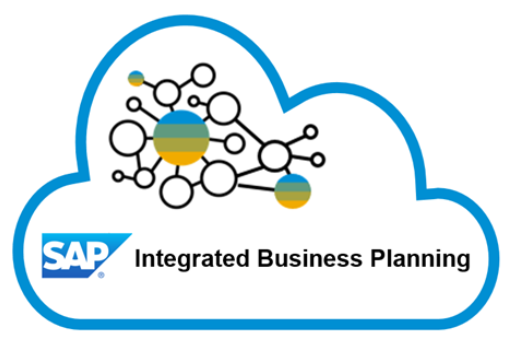
We continued last month to look at the redesigned SAP S/4 HANA Subsystems. We saw how SAP completely resigned and simplified finance with SFin, then we investigated Simple Logistics, sometimes referred to as Slog or SAP S/4 HANA Enterprise Management. Well this month we will close out the series and take a high-level look at IBP. SAP Integrated Business Planning (IBP), is powered by SAP HANA and is a cloud-based next-generation planning solution that can help overcome key challenges and enable smooth and efficient supply chain and planning processes. Lets begin by looking at the Supply Chain Management (SCM) and Advanced Planning Optimization (APO) and then move into IBP…
SAP SCM and APO
SAP introduced Supply Chain Management (SCM) as Advanced Planning and Optimization (APO) in response to market demands in 1998 when i2 Technologies and Manugistics (purchased by JDA Software in 2006) were leading the supply chain management field. SAP SCM started as an advance planning tool but evolved into a repository for all advance supply chain functionality not included in SAP’s Enterprise Resource Planning (ERP) platform.
SAP spread the basic functionalities across its ERP platform in Sales and Distribution (SD), Materials Management (MM), and Production Planning (PP), but maintained a solid distinction between these features and advanced planning until the release of SCM 7. After APO transitioned into SCM 7, SAP users still had basic supply chain management tools like basic forecasting and production planning but could also run scenarios based on future deals and conditions to make recommendations for future actions.

Post SCM 7
SAP has not yet made a clear announcement on the future of APO, but we do know some of the features are reappearing in the new Integrated Business Planning (IBP) platform while other features are now available via SAP Simple Logistics (Slog) or SAP Enterprise Management.
Demand Planning (DP) and Supply Network Planning (SNP) will now be part of SAP IBP. SAP Simple Logistics (Slog) will replace Production Planning and Detailed Scheduling (PPDS), Global Available to Promise (GATP), Transportation Management (TM), and Extended Warehouse Management (EWM).
PPDS and GATP
PPDS and GATP were part of SAP APO, but the HANA platform’s superior number-crunching power may enable supply professionals to run advanced planning scenarios such as multi-level explosion (MATP) using real-time data. It is not clear yet whether SAP will offer location and material substation functionality. SAP plans to embed GATP into S/4.
SAP Extended Warehouse Management (EWM)
SAP is promoting Extended Warehouse Management (EWM) as an integral part of S/4HANA which will offer “advanced warehouse process enablement”. Currently, SAP recommends running warehouses in ECC Warehouse Management (WM) either independently or in combination with EWM depending on transaction volume and the complexity of a specific warehouse’s operations.
What is Integrated Business Planning
SAP Integrated Business Planning (IBP) is a real-time supply chain application built on the S/4HANA platform. It’s designed to leverage real-time data, a user-friendly dashboard, and predictive analytic tools to optimize business planning cycles. SAP promotes five advantages to their IBP application:
- Flexible user interface
- Integrated data for organization-wide planning processes
- End-to-end strategic visibility
- Faster reaction time to environmental changes
- Demand sensing and other advanced planning tools
Centralized User Interface
IBP offers a unified role-based user experience with SAP Fiori. The dashboard is intuitive and straightforward, and extremely flexible.
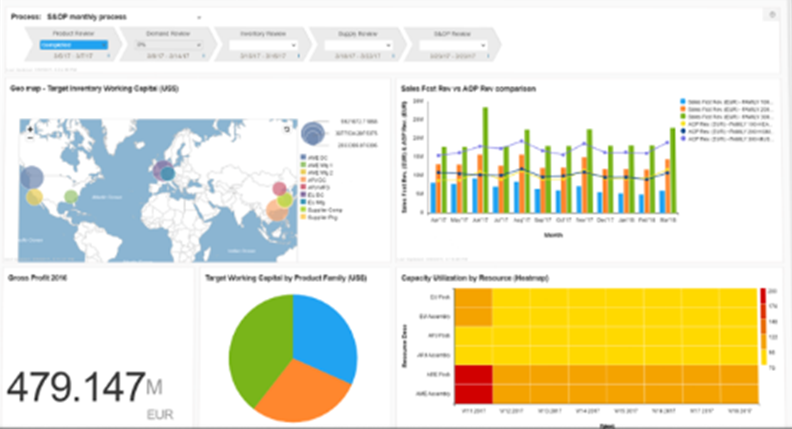
IBP is made of up of 4 foundational components: Sales and Operations, Response and Supply, Inventory, and Demand. The Supply Chain Control Tower acts as the centralized visual interface of all the IBP components. Each component is independent, so you can use only what you need. If you need one of the other components in the future, it will be data current, but it will stay in the background until called.
Dig Deeper – SAP IBP
Q&A (Post your questions and get the answers you need)

Q. I understand there is a less expensive IBP Starter Edition. What is included?
A. You are correct. SAP IBP Starter Edition has restrictions on the system size and the number of users. SAP Integrated Business Planning starter edition, non-production, is a less-expensive, limited-usage version of SAP IBP.
Cloud Test & Demo for Integrated Business Planning is the name of the partner version of SAP IBP Starter Edition.
The following restrictions apply to SAP IBP Starter Edition:
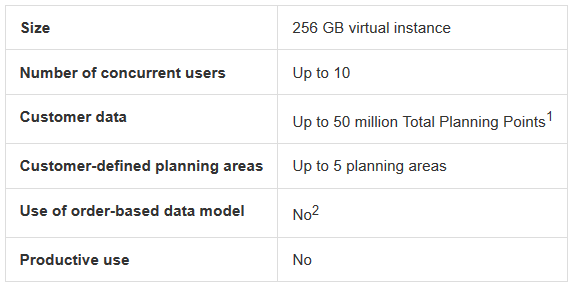
The starter edition is generally used for trial usage and proof-of-concept projects. The starter edition may not be used for productive use.
The starter edition has different contract terms, including the subscription duration. When purchased via the SAP Store, the starter edition has a 3-month, automatically renewing subscription.
For partners, the starter edition can be used to grow your application consulting expertise and develop unique point-of-view and service offerings.
Check out this very detailed SAP FAQ on the IBP Starter Edition.
Cheers!


